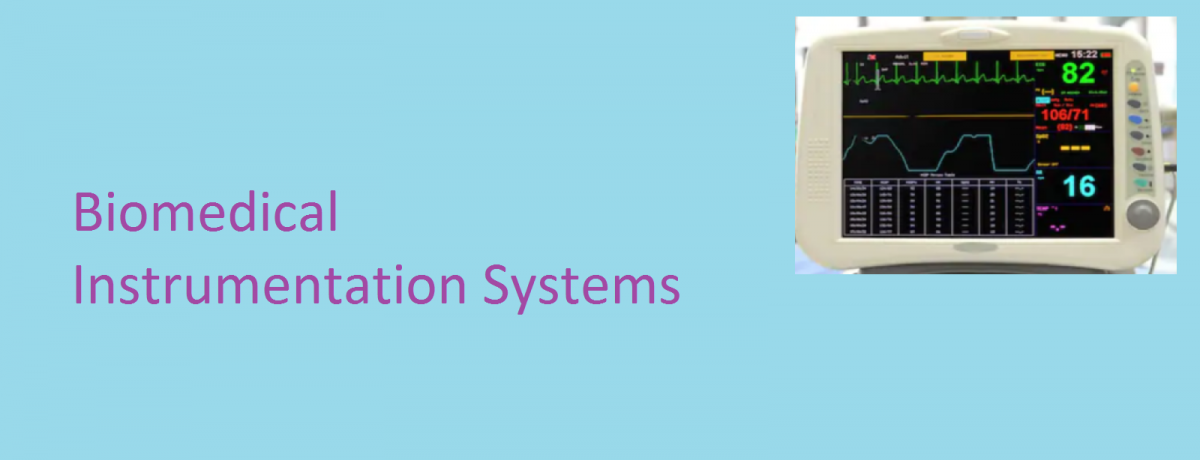Fleisch Pneumotachometer is one of the most common types of airflow transducers. It consists of a straight short-tube with a fixed screen obstruction in the middle that produces a slight pressure drop as the air is passed through the … Read More
Tag: Biomedical sensors
Biomedical Sensor Specifications
The need for accurate medical diagnostic procedures places stringent requirements on the design and use of biomedical sensors. Depending on the intended application, the performance specifications of a biomedical sensor may be evaluated in vitro and in vivo to ensure … Read More
What is a Biosensor?
This is a biological sensor that has the following features:
- A biological recognition component (selectivity).
- A supporting structure in intimate contact with a biological component.
Biosensors are typically miniature and include monitoring of blood gas and biochemical concentrations additionally, physical … Read More
Microelectromechanical System Transducers (MEMS)–Based Medical Sensors
Microelectromechanical system transducers (MEMS) are fabricated using solid-state micromachining techniques that are typically employed by the semiconductor industry in the production of integrated circuits (ICs).
Related: The application of Microprocessors in Medical Instrumentation
A pressure sensor based on MEMS technology … Read More
The General Principle of Fiber Optic-based Sensor
Micrometer and Nanometer Biomedical Sensing Applications
The advancements in microtechnology and, in particular, nanotechnology are transforming the fields of biosensors, prosthesis & implants and medical diagnostics. In medical diagnostics, these devices are being employed in combination with optical biosensing for external, lab-on-a-chip, high throughput … Read More
Clinical Applications of NTC Thermistors
Thermistors are certainly the most used transducers for medical temperature measurements. Their properties facilitate clinically difficult measurements that include: hypothermia, transcutaneous measurements during cardiopulmonary bypass, testicular temperature measurements in reproductive medicine, continuous monitoring of preterm infants and personal heat strain … Read More
Blood Glucose Sensors
The accurate measurement of blood glucose is essential in the diagnosis and long term management of diabetes. In this article, we discuss the use of biosensors for the continuous measurement of glucose levels in the blood and other body fluids.… Read More
How Liquid Crystal Sensors are used in Biomedical Measurements
The principle of operation of liquid crystal sensors is based on the fact that liquid crystals change their state in such way that they modify passive scattering or absorption of light. As the crystal melt, the three-dimensional order becomes a … Read More
Key Features of a Disposable Blood Pressure Sensor
Disposable blood pressure sensors are made of clear plastic so that air bubbles are easily seen

Saline flows from an intravenous (IV) bag through the clear IV tubing and the sensor to … Read More

